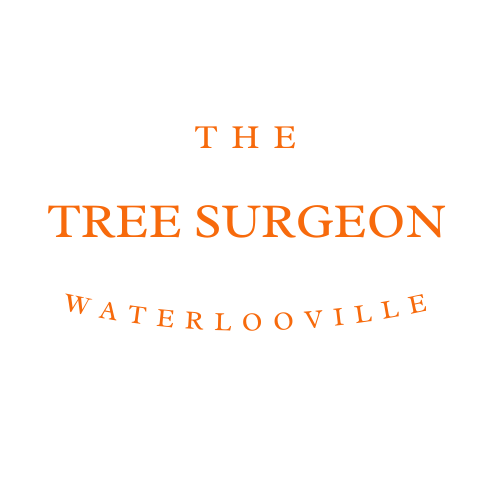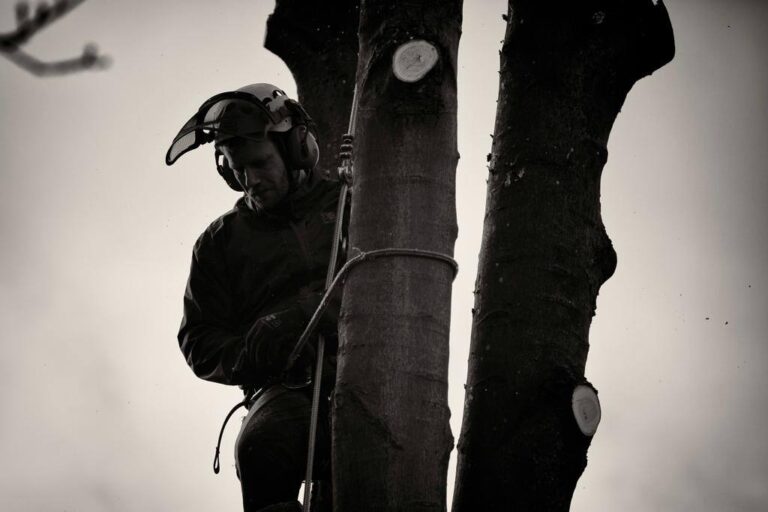Introduction: Tree crown reduction is a vital aspect of arboriculture that aims to maintain tree health, manage growth, and ensure safety. Whether you have large trees in your garden or manage public spaces with mature trees, understanding the safety measures associated with crown reduction is essential. You need to know where to ensure safe and effective tree management practices.
Why Tree Crown Reduction Matters
Tree crown reduction involves selectively pruning the outer edges of a tree’s canopy to reduce its overall size while maintaining its natural shape. This process offers several benefits:
- Enhanced Safety: Reducing the crown size minimises the risk of branches breaking or the entire tree falling during storms or adverse weather conditions.
- Improved Tree Health: Properly reducing the crown can promote better air circulation and sunlight penetration, which is crucial for overall tree vitality.
- Aesthetic Appeal: Well-maintained trees enhance the visual appeal of landscapes and urban environments.
Safety Measures During Tree Crown Reduction
- Assessment by Professionals: Before undertaking any tree work, especially crown reduction, consult with qualified tree surgeons or arborists. They will assess the tree’s health, structure, and potential risks before recommending the appropriate action.
- Use of Proper Equipment: Tree crown reduction involves working at heights and using specialised equipment such as harnesses, ropes, and pruning tools. Ensure all equipment is in good condition and used according to safety guidelines.
- Planning and Precision: Crown reduction should be carried out carefully to avoid over-pruning, which can stress the tree or lead to decay. Only the necessary branches should be removed to achieve the desired reduction without compromising the tree’s health.
- Consideration of Surroundings: When reducing a tree’s crown, consider nearby structures, power lines, and other vegetation. Proper planning ensures falling branches or debris do not harm people or property.
- Weather Conditions: Perform crown reduction during favourable weather conditions to ensure workers’ safety and minimise stress on the tree.
- Post-Reduction Care: After crown reduction, monitor the tree for signs of stress or disease. Proper post-reduction care, such as mulching and regular watering, can aid in the tree’s recovery and promote new growth.
Choosing a Professional Tree Surgeon
For complex tree work such as crown reduction, hiring experienced and qualified tree surgeons is advisable. Look for professionals insured and certified by industry bodies such as the Arboricultural Association in the UK. They will adhere to best practices and safety standards while ensuring the health and longevity of your trees.
Conclusion: Tree crown reduction is a specialist task that requires expertise, precision, and a commitment to safety. By following these safety measures and consulting with qualified professionals, you can effectively manage tree growth, enhance safety, and contribute to the health of your landscape.
Call us on: 023 9200 1796
Click here to find out more about The Tree Surgeon Waterlooville
Click here to complete our contact form and see how we can help you with your tree’s needs.


